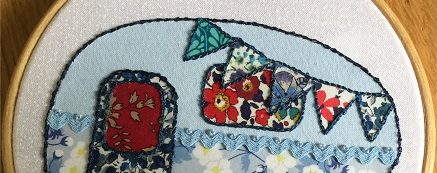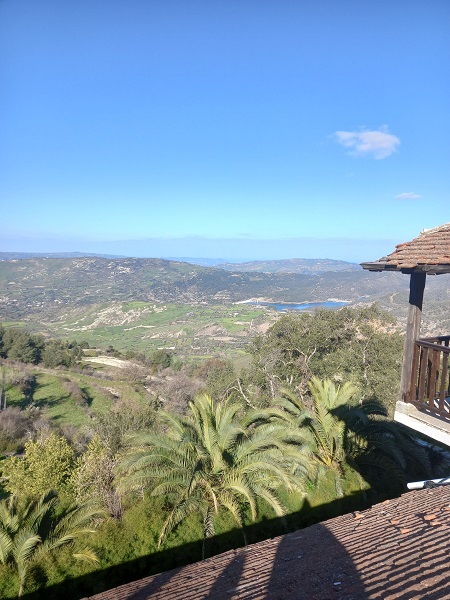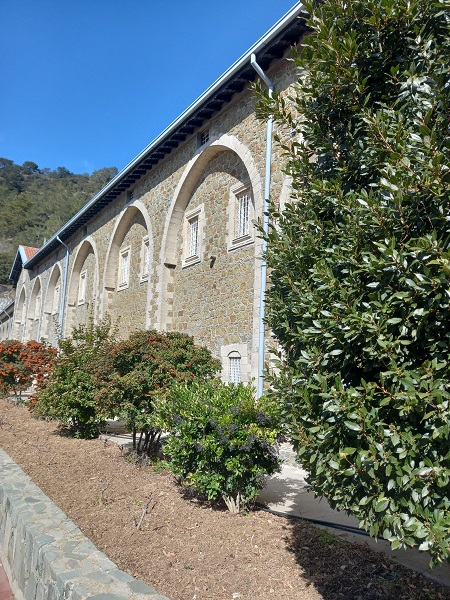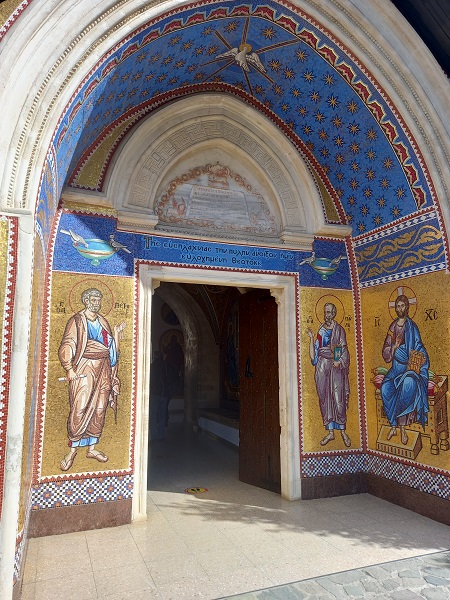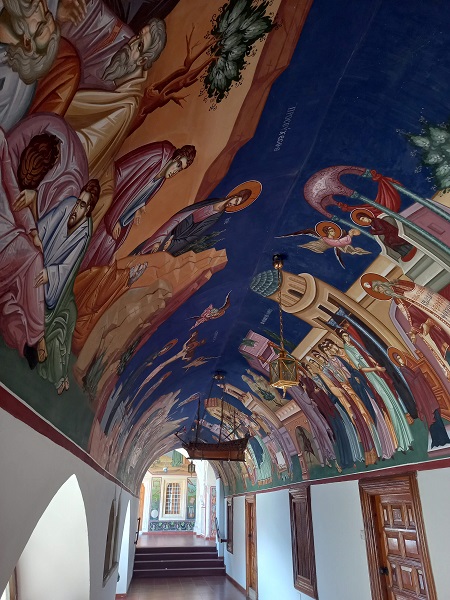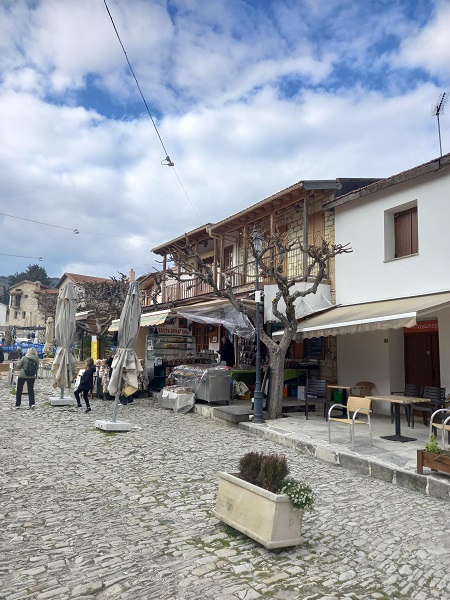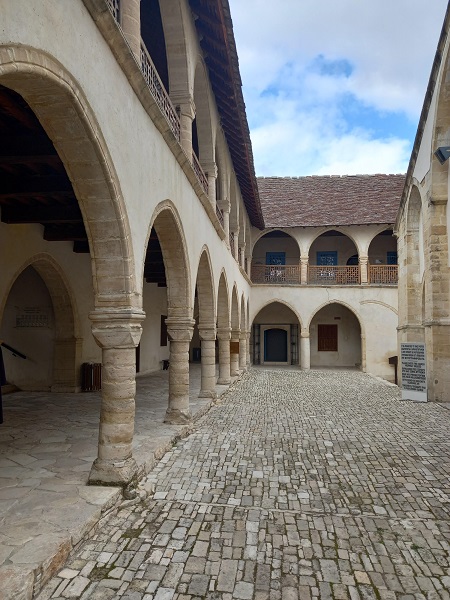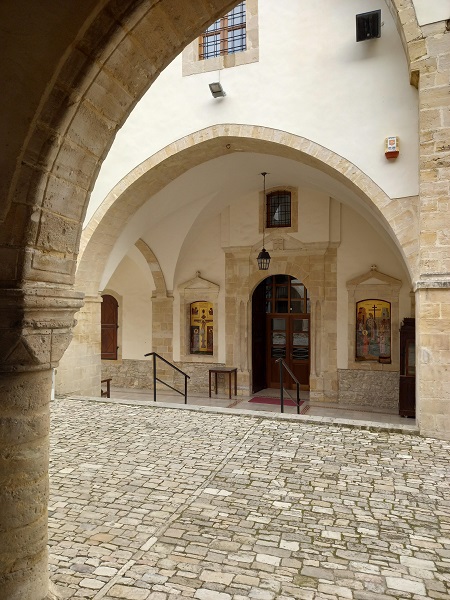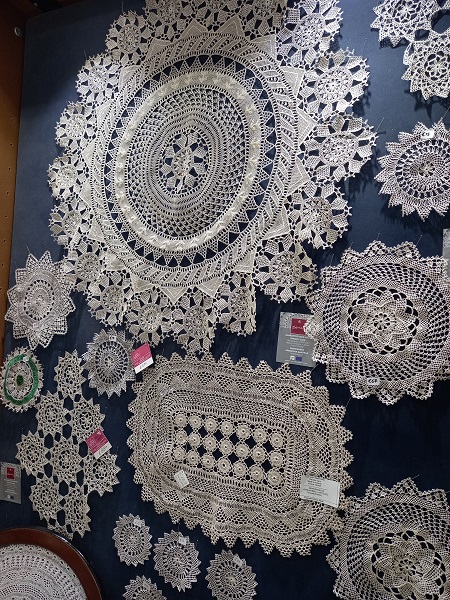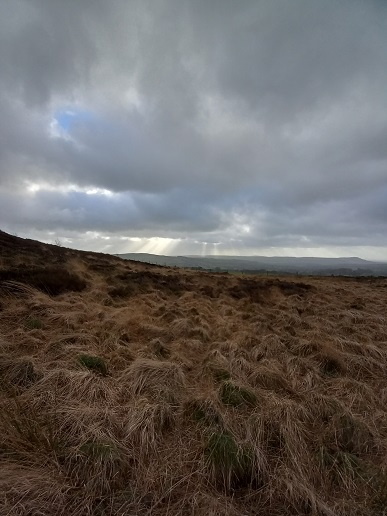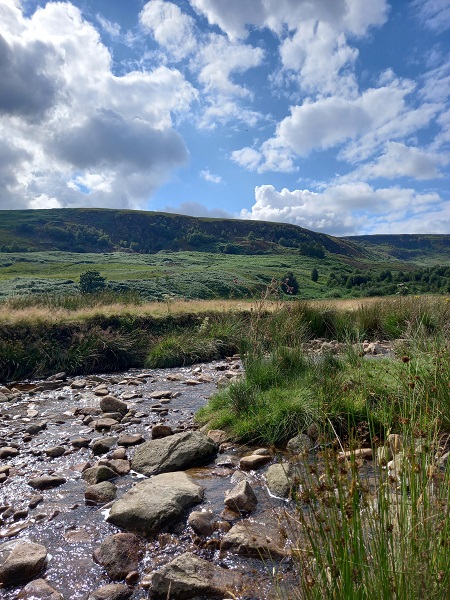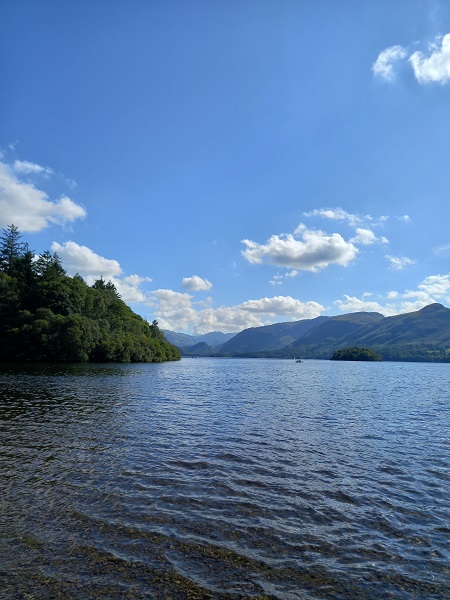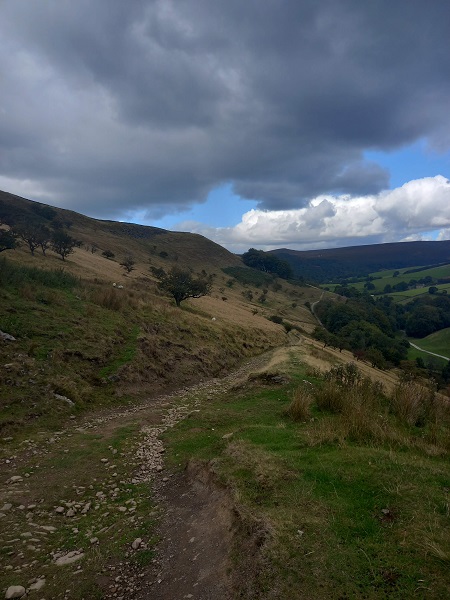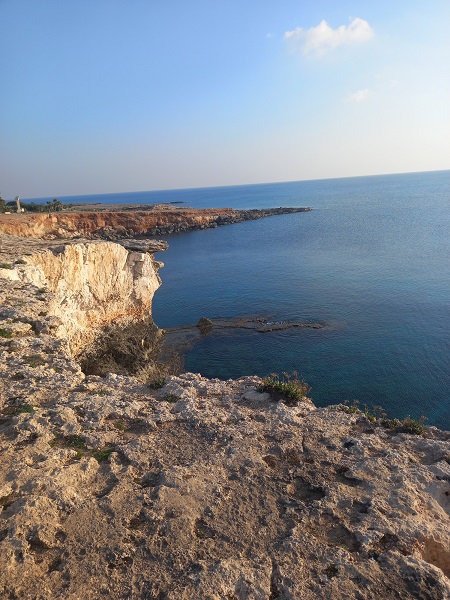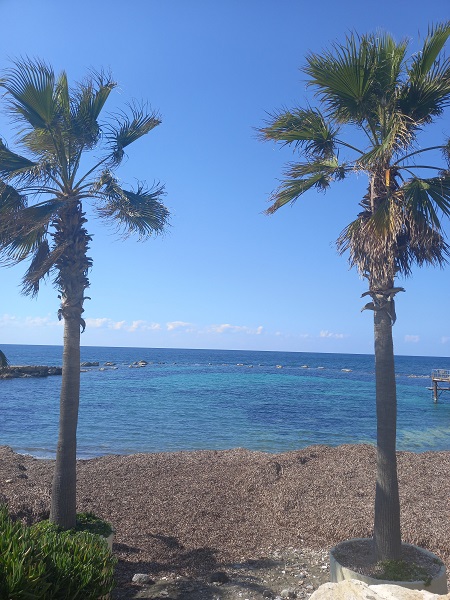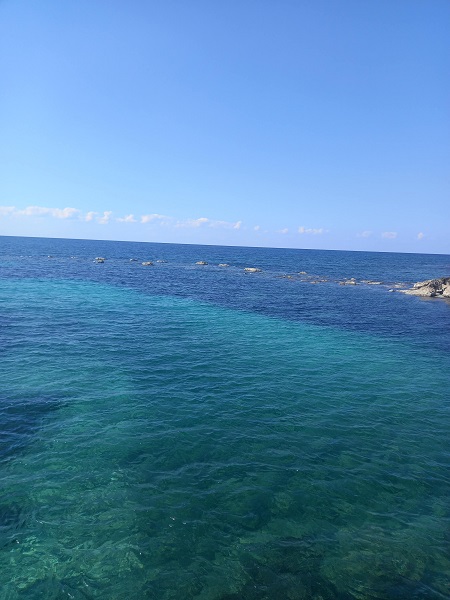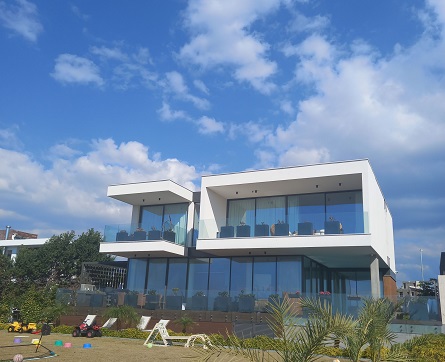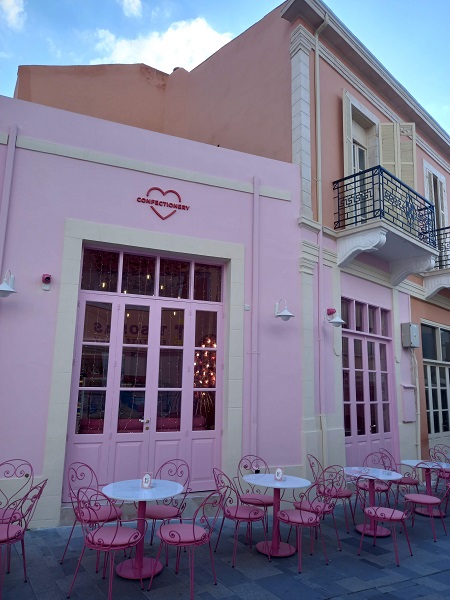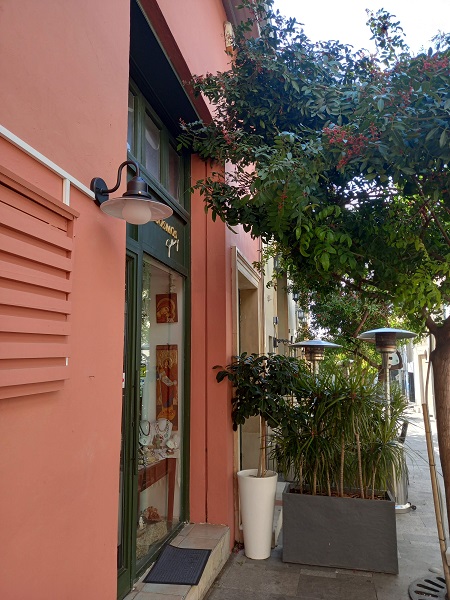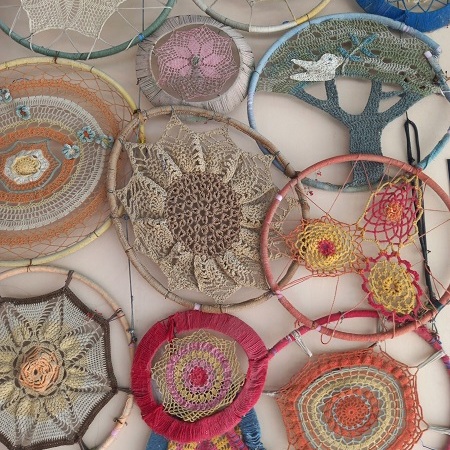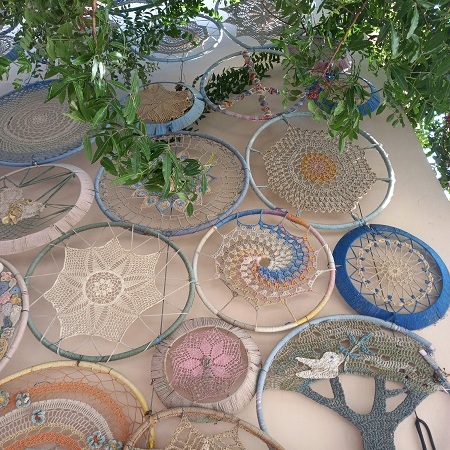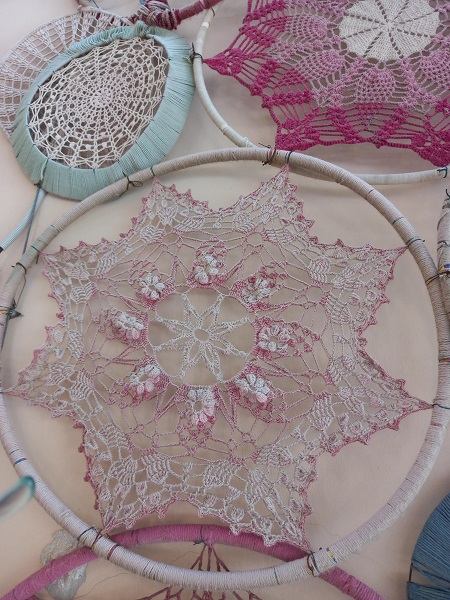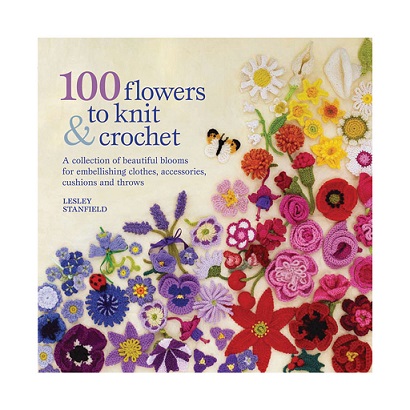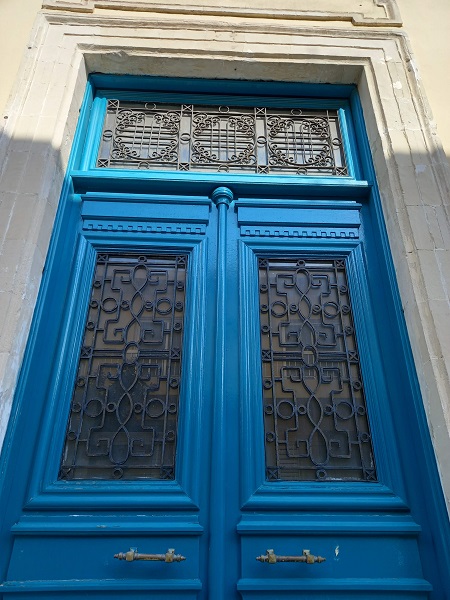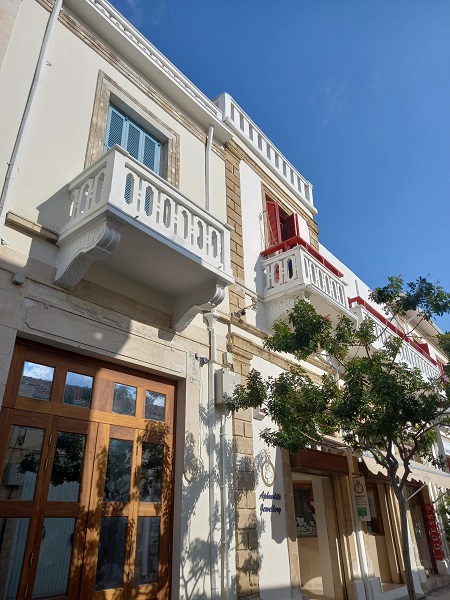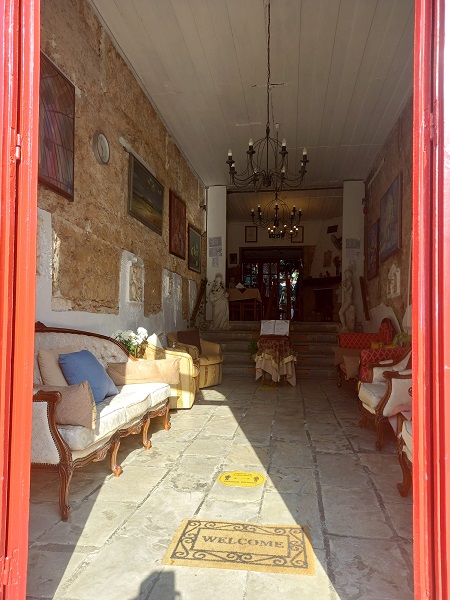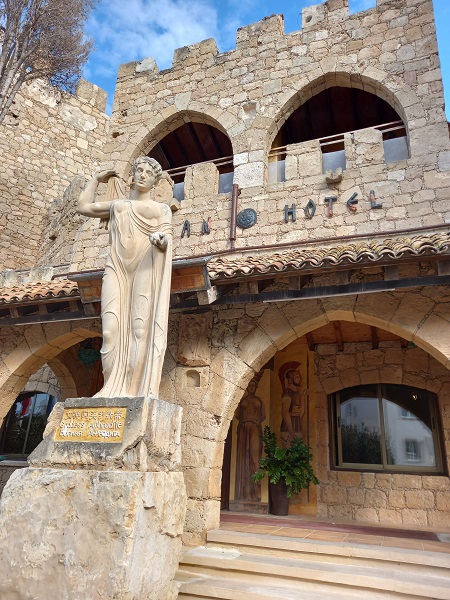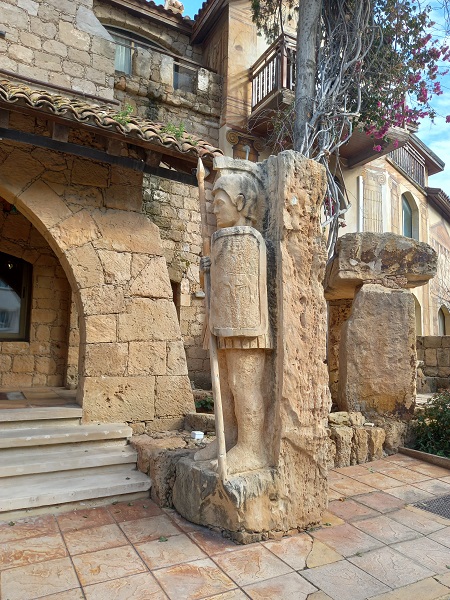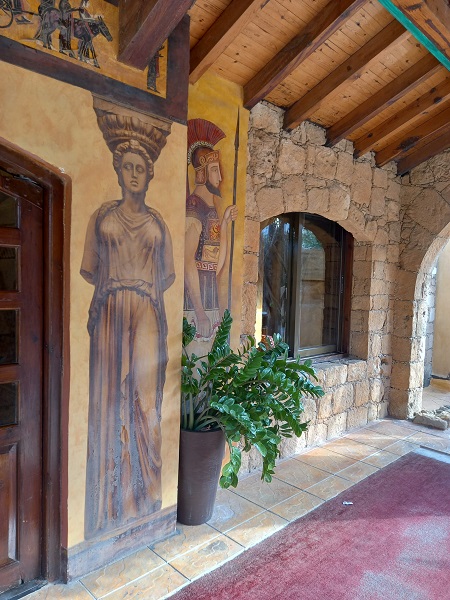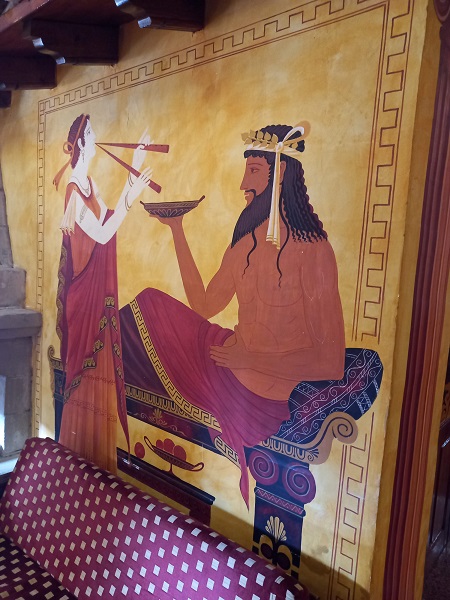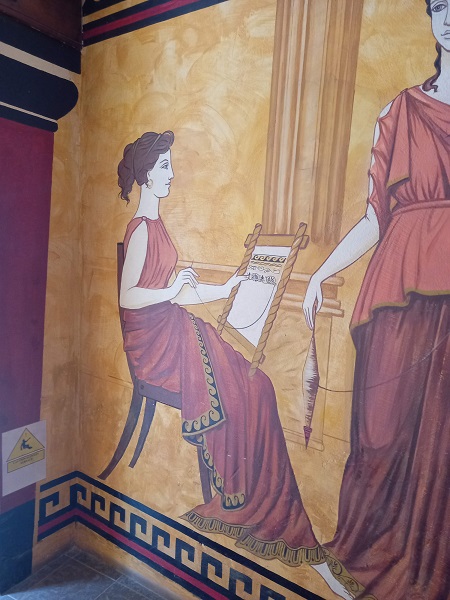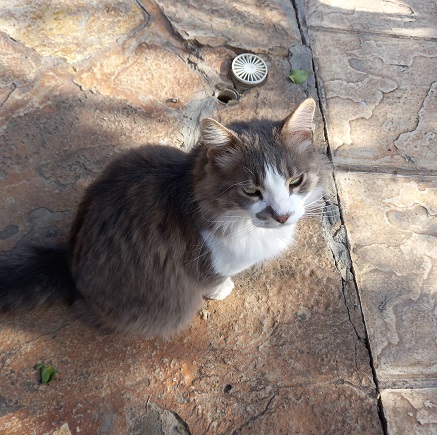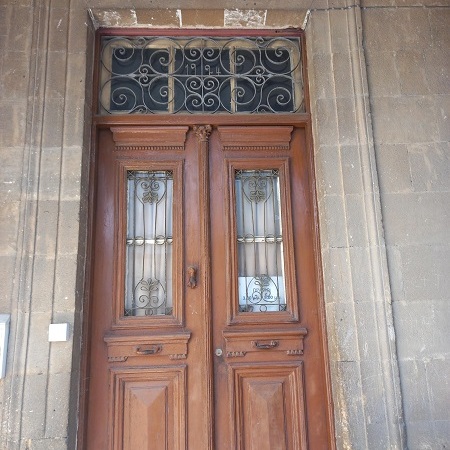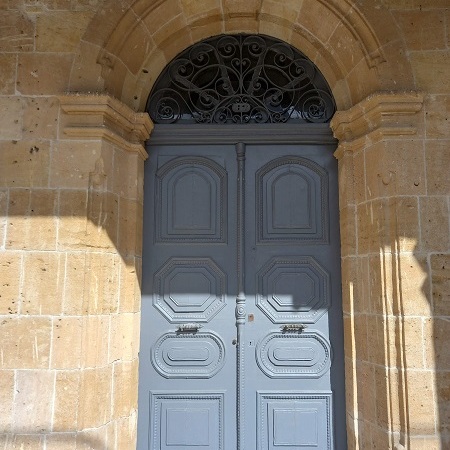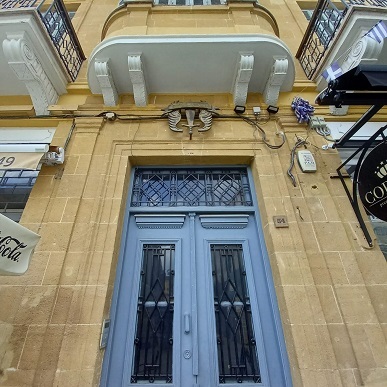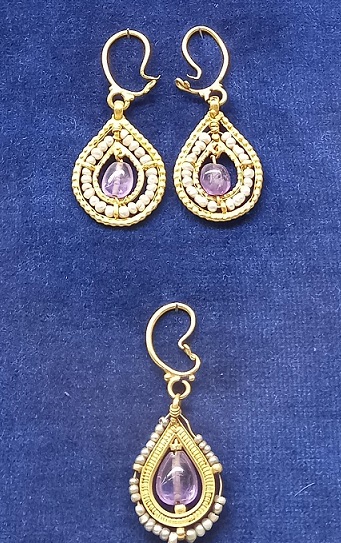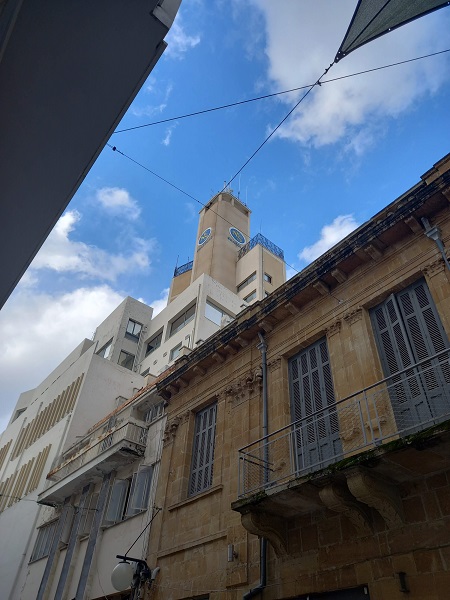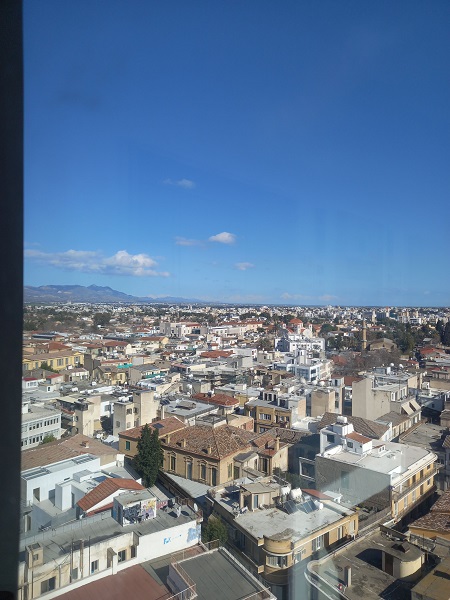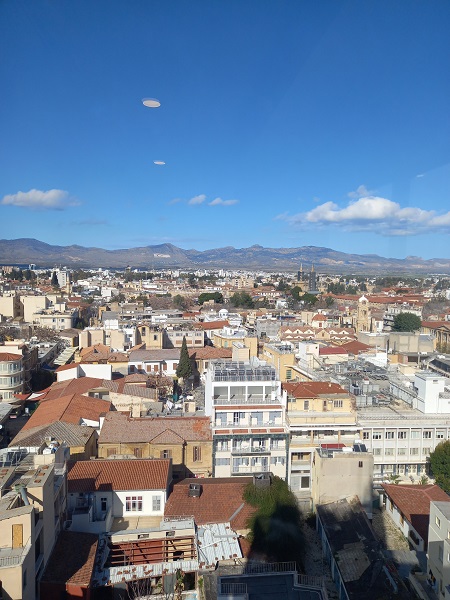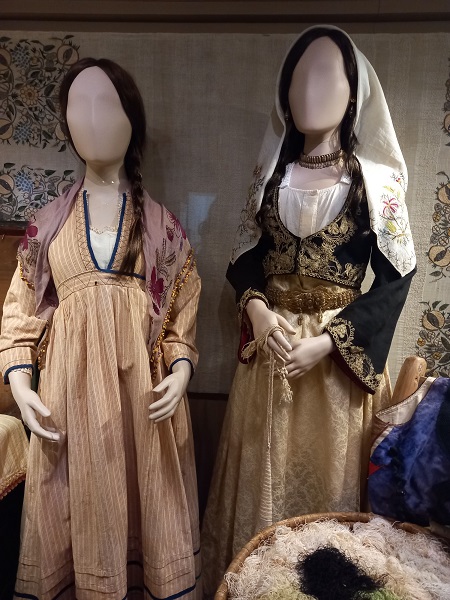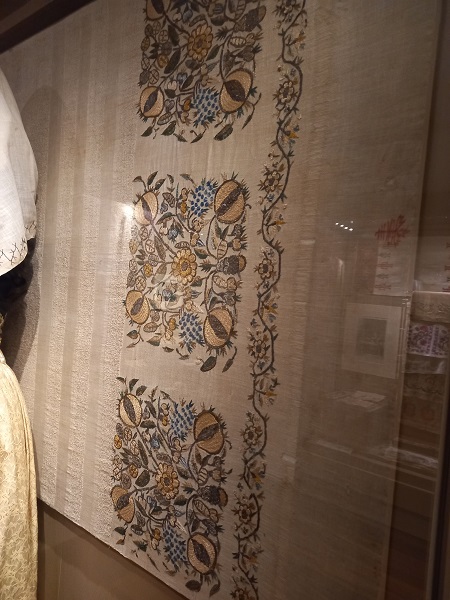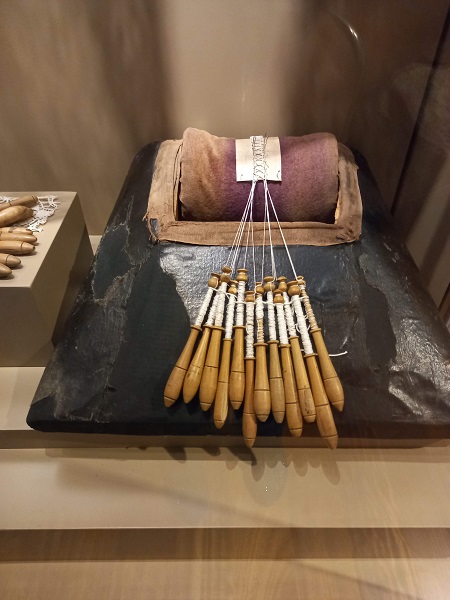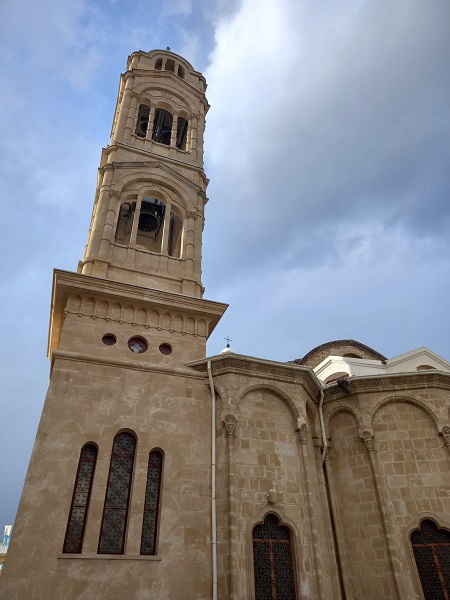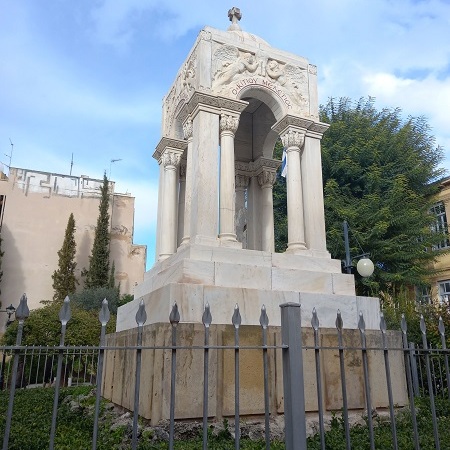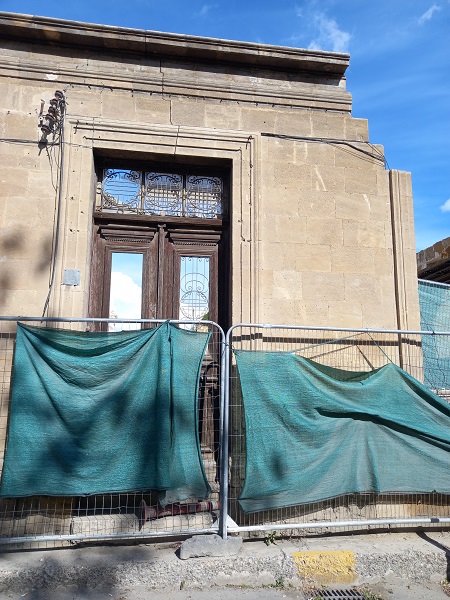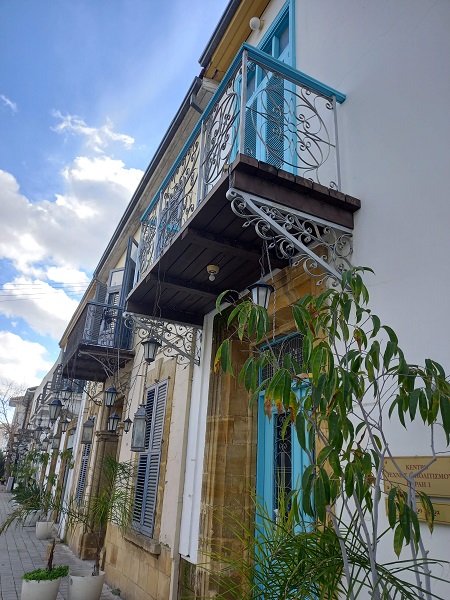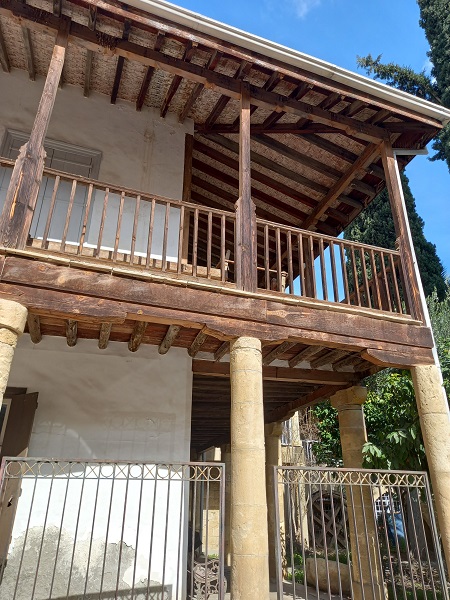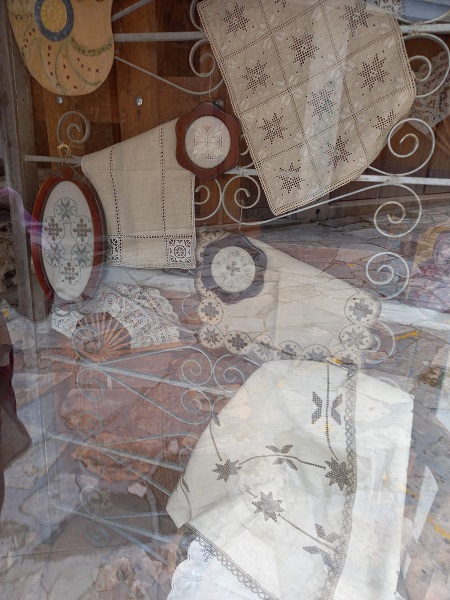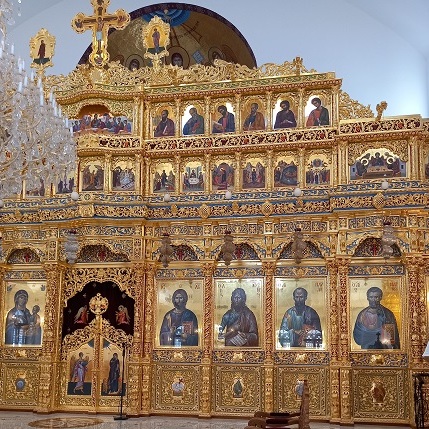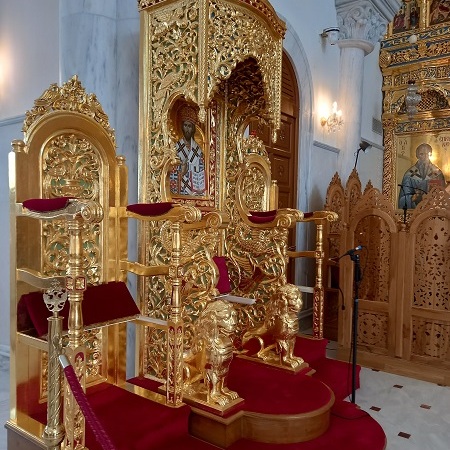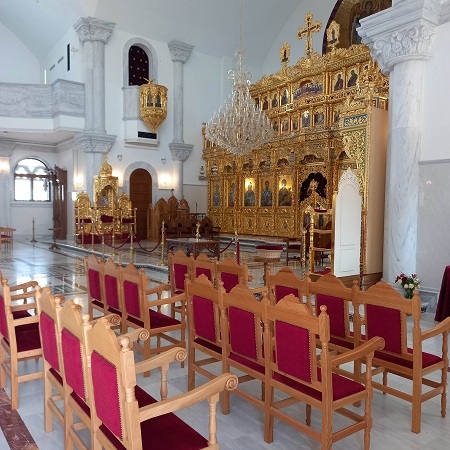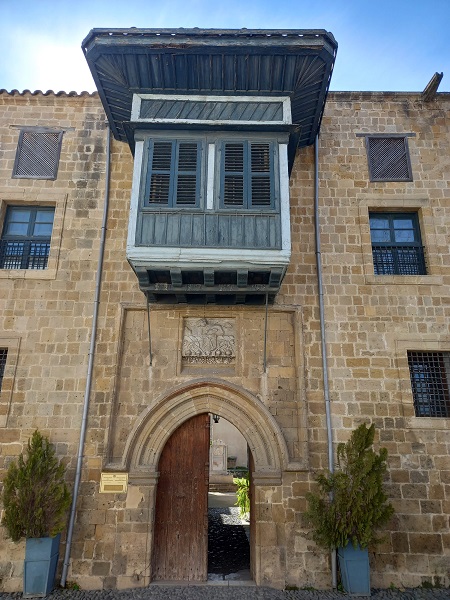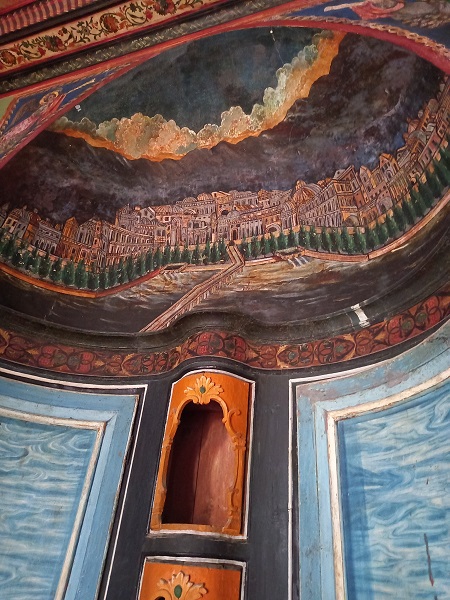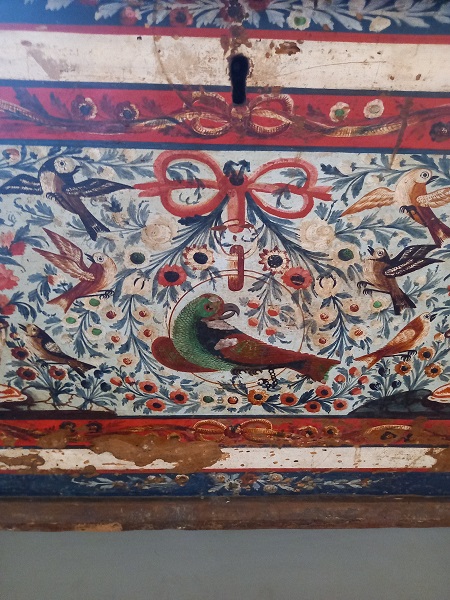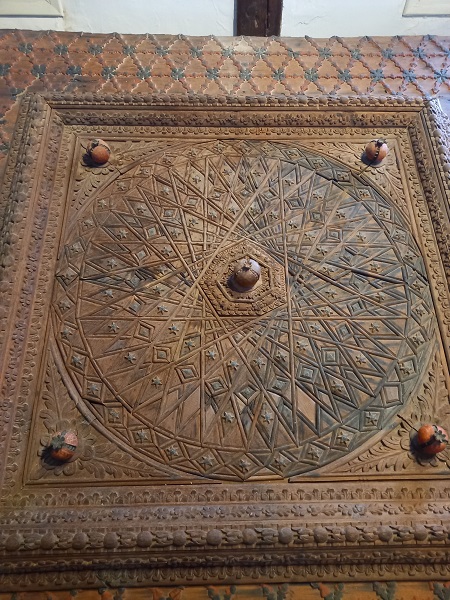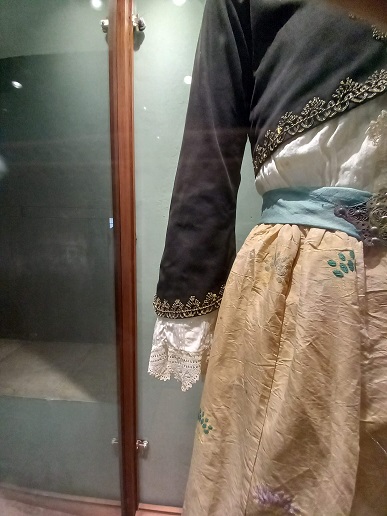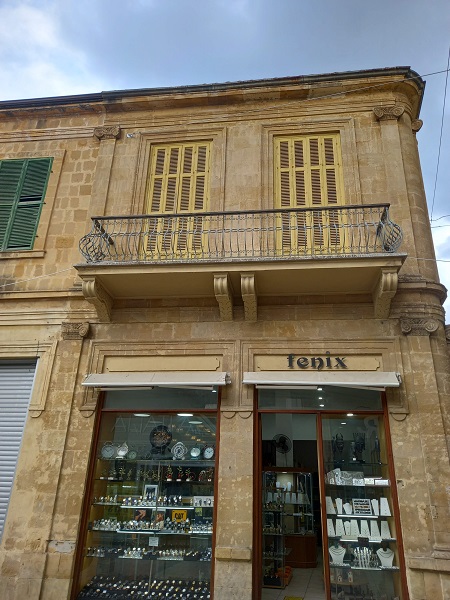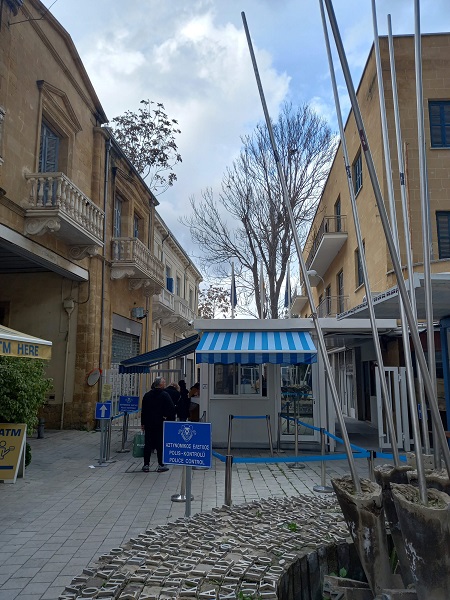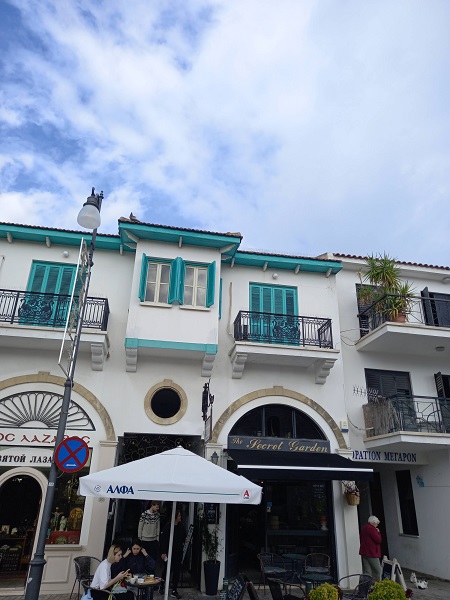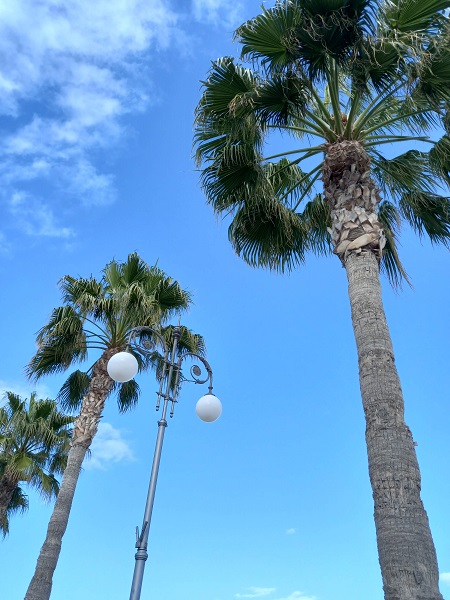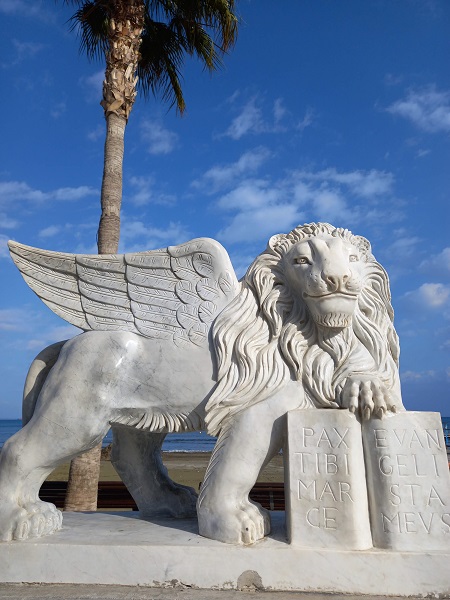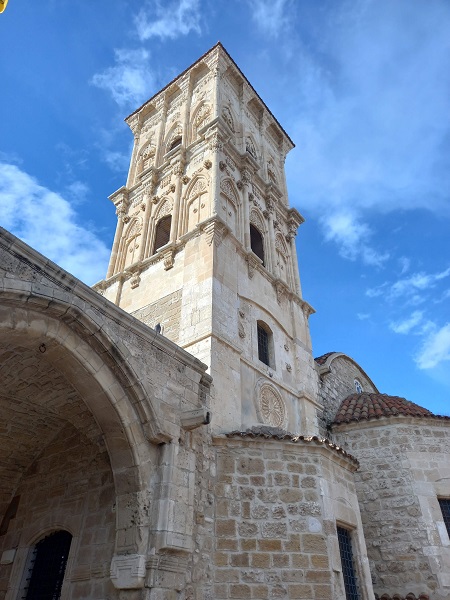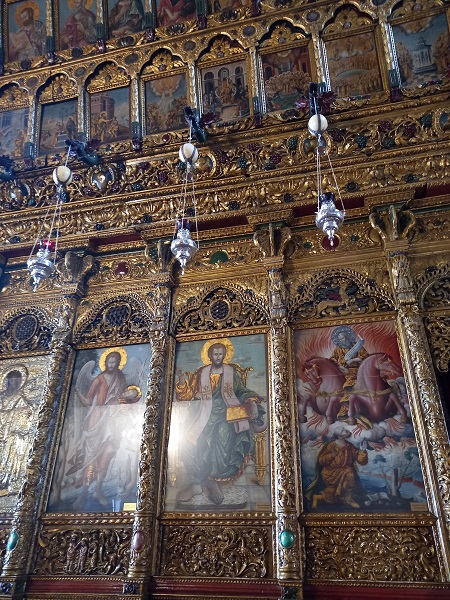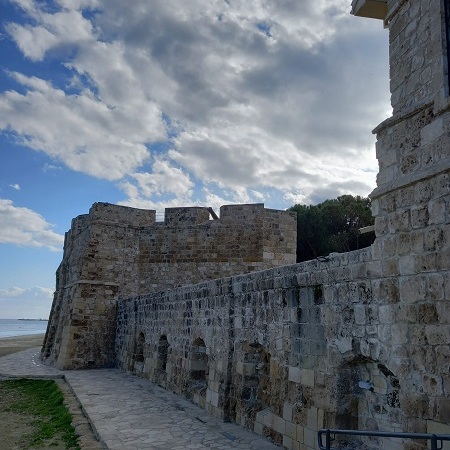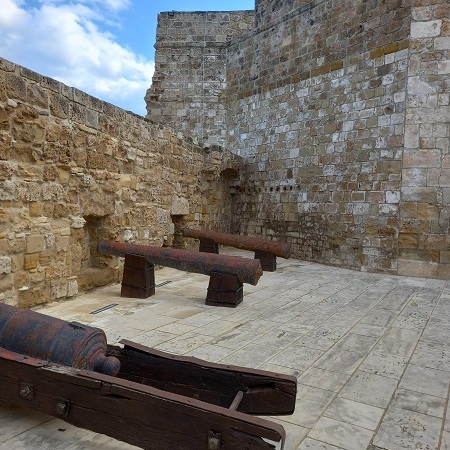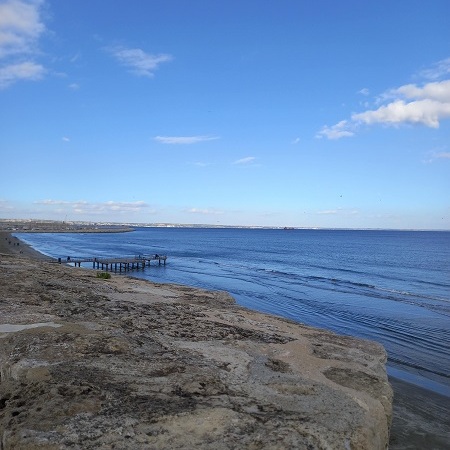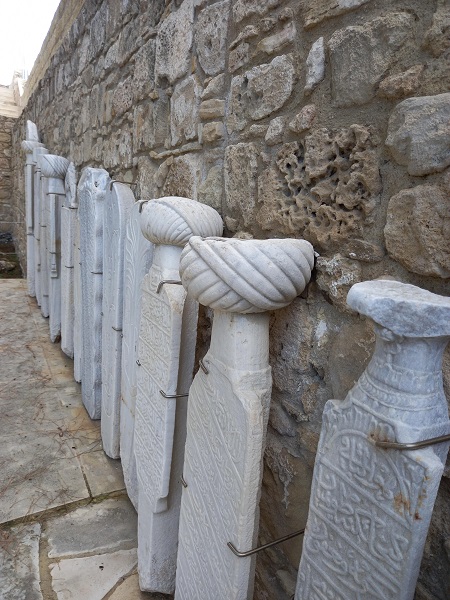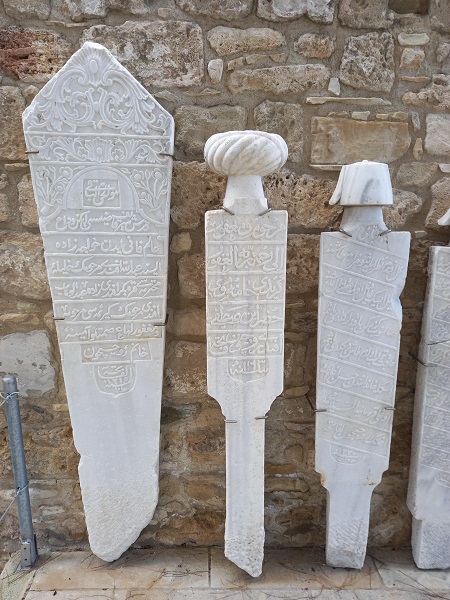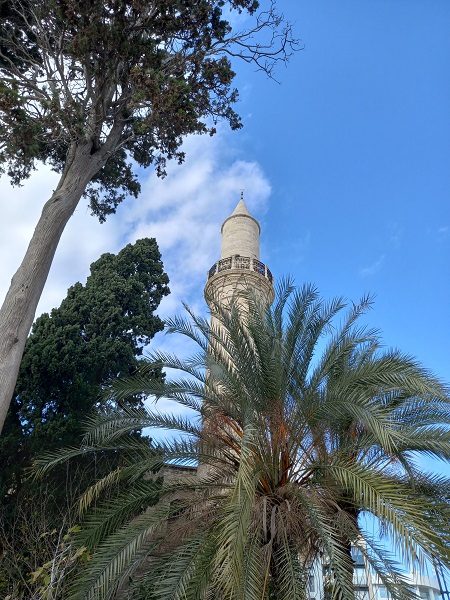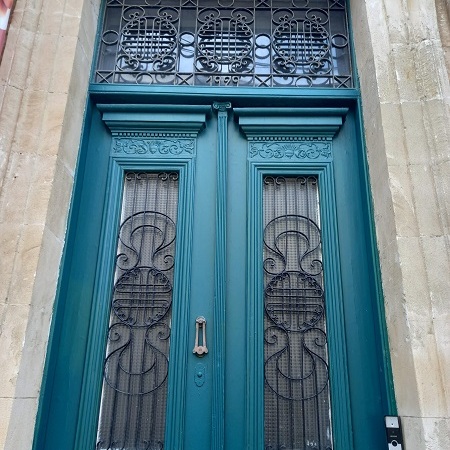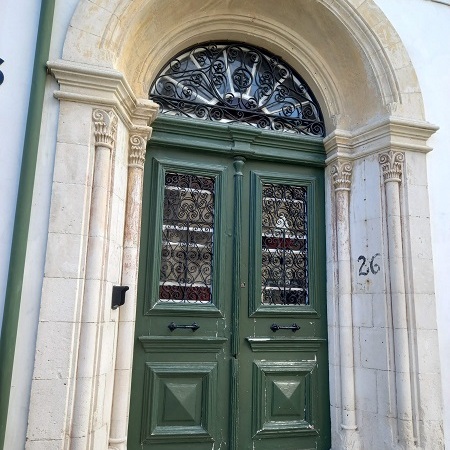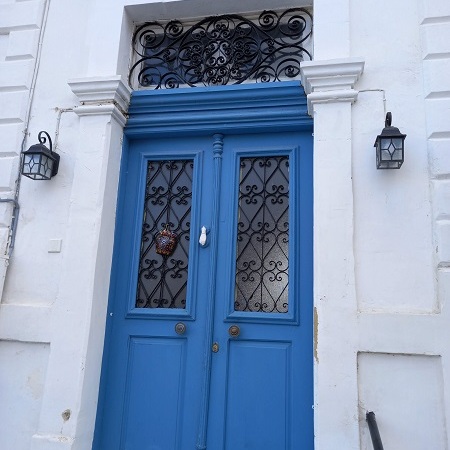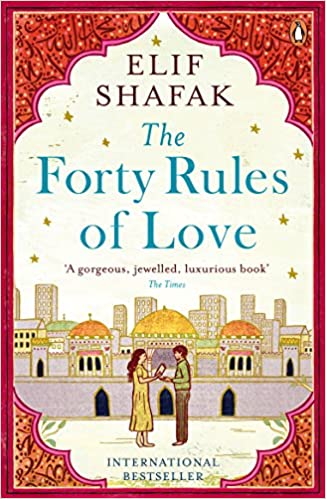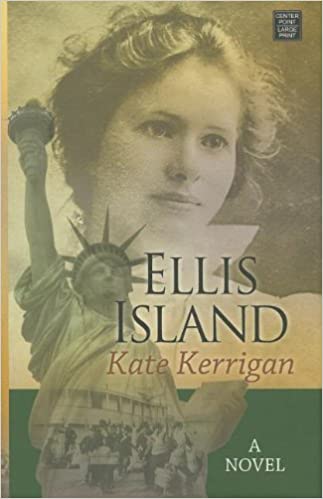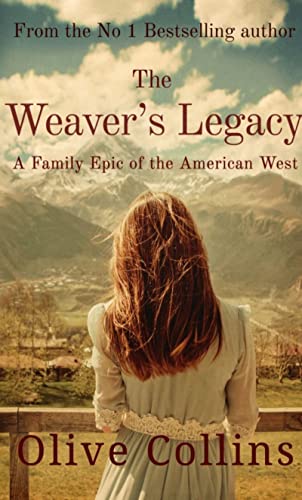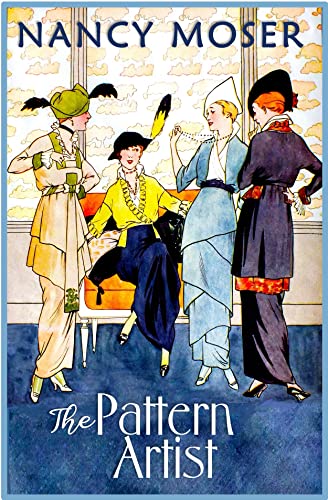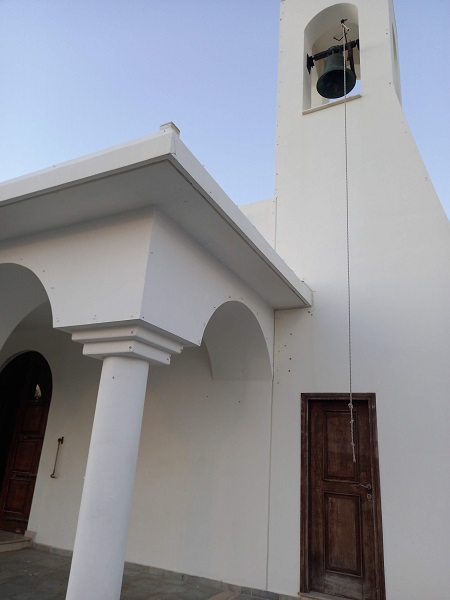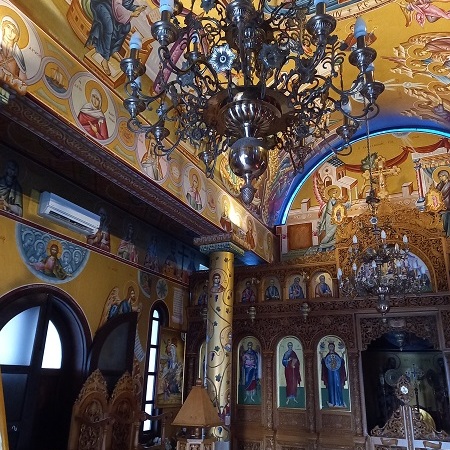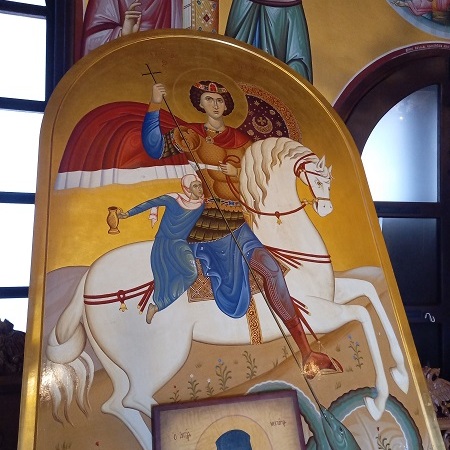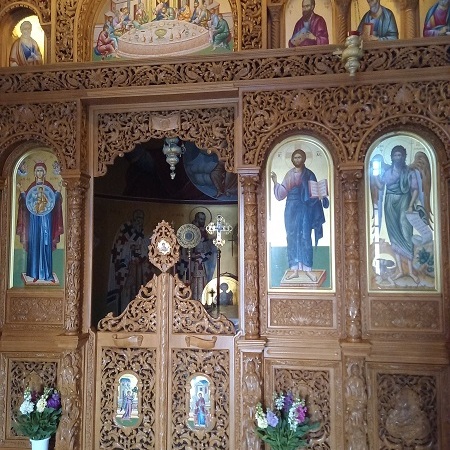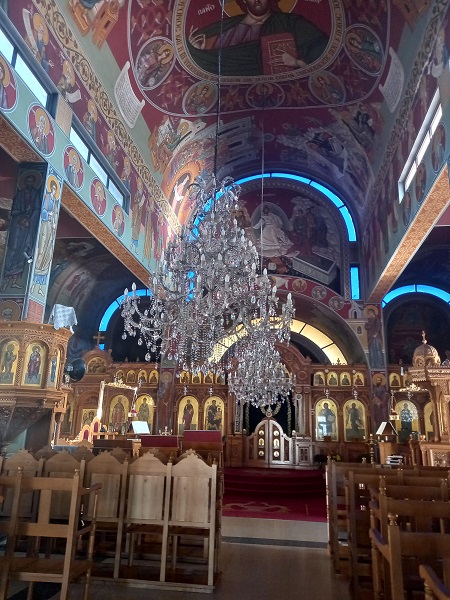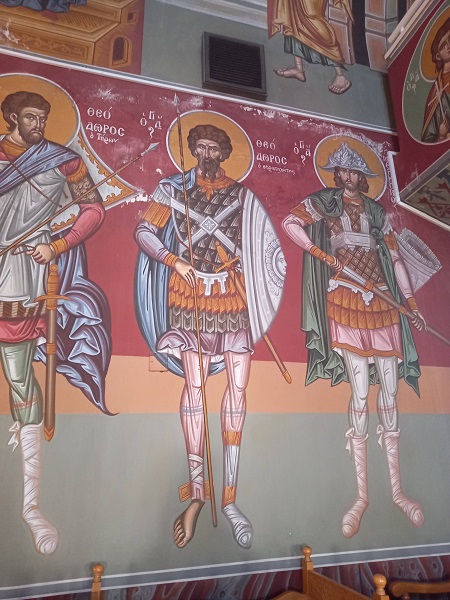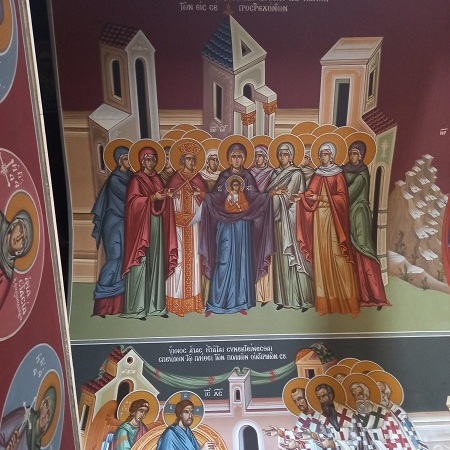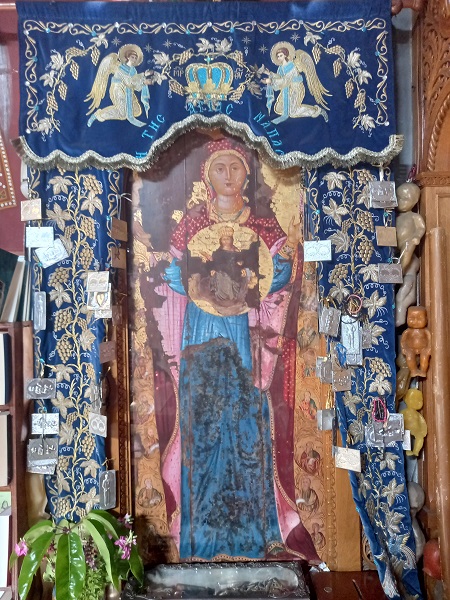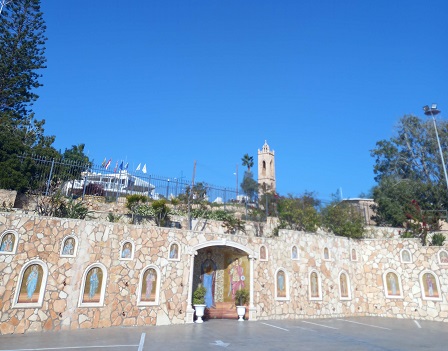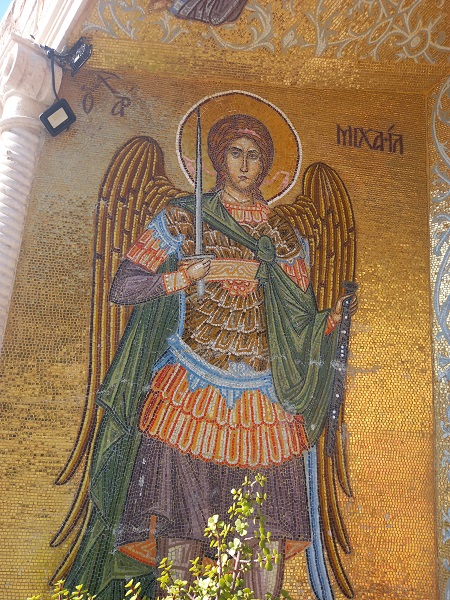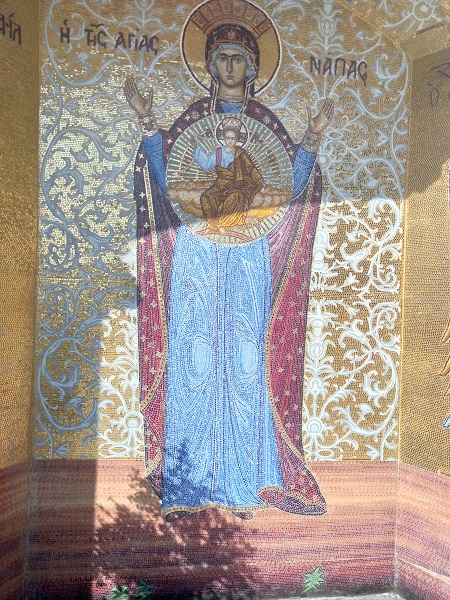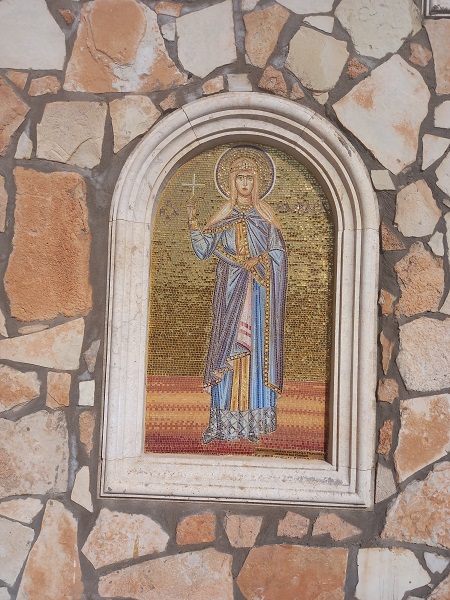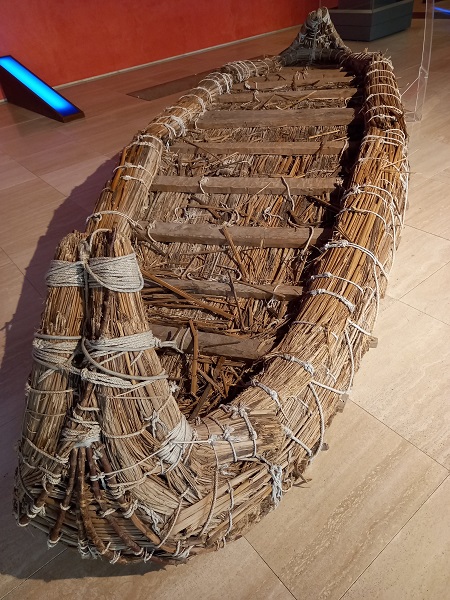I don’t know what the collective term for cloisters really is, but I saw so many on my trip to the Troodos mountains. The trip specifically exists to visit three of the many monasteries in the Troodos mountains here in Cyprus, and was an excellent day out, combining two of my favourite things, mountains and religious architecture.
As you may know if you are a regular reader, I love going on coach trips. Even though I now have the van, being on a coach trip with a knowledgeable guide, and a driver who can cope with the endless, very twisty mountain roads, is an excellent way to see the area and the trip was brilliant.
I was picked up at one of the local hotels just 10 minutes walk away, and we also got to stop for a delicious buffet lunch, and visit one of the mountain villages as well. A very worthwhile day out that I highly recommend if you come here.


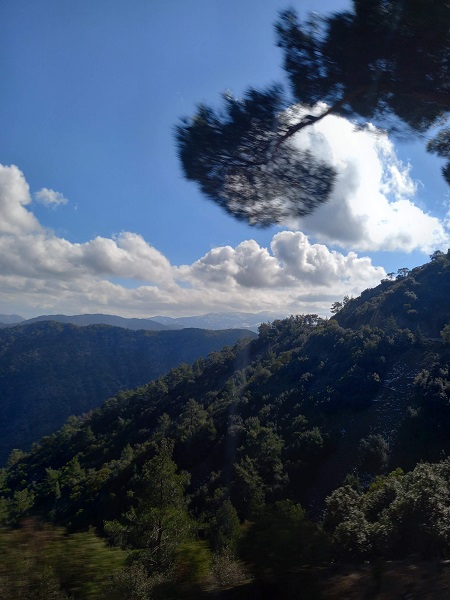
The drive through the mountains was well worth the trip alone, it was brilliant to see such a different side of Cyprus, including quite a lot of snow.
They have actually had less snow here than previous years, however there are four ski resorts in these mountains. We drove all the way around Mount Olympus, the highest mountain in Cyprus.
The first monastery was the very small Chrysorrogiatissa Monastery, in a beautiful location overlooking one of the dams.
This monastery is dedicated to the Virgin Mary and the legend of finding an icon in a golden pomegranate tree.
The monastery was a beautifully kept stone structure, and you can see how life there would have been peaceful and allowed for lots of contemplation.

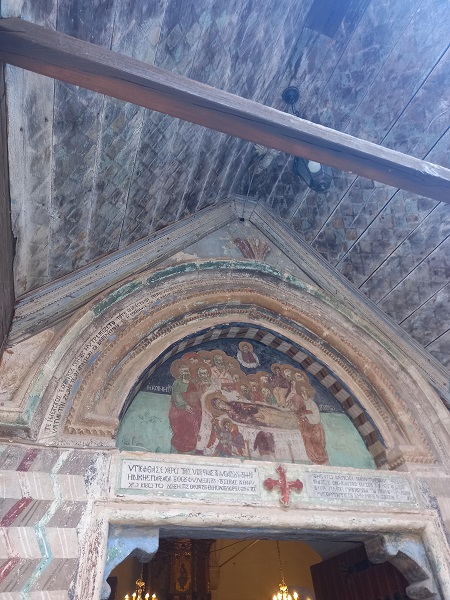




The second visit was to the Kykos monastery, where the icon in the church is said to have been painted by St Luke.
There are lots of representations of this icon, in mosaic and wall paintings. I bought a small version to bring home with me as well.
This is one of the largest, richest and most famous of the Cypriot monasteries, as it is where the first president of Cyprus, Archbishop Makarios 3rd, was educated and was a monk. Our guide told us a lot about his life and filled in some of the gaps in Cypriot history for me.
The archbishop was heavily involved in the fight for Cypriot independence from the British and in the later invasion by the Turkish army.

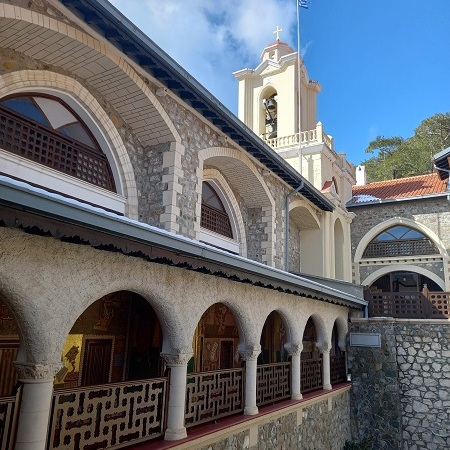
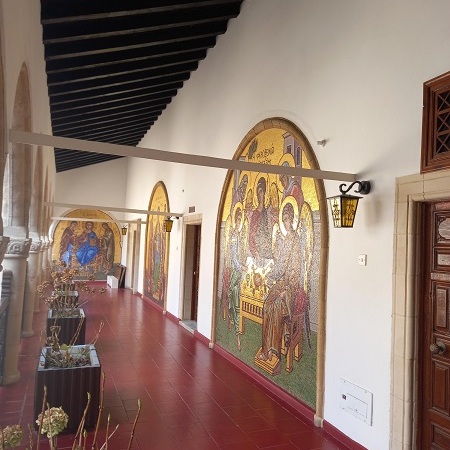
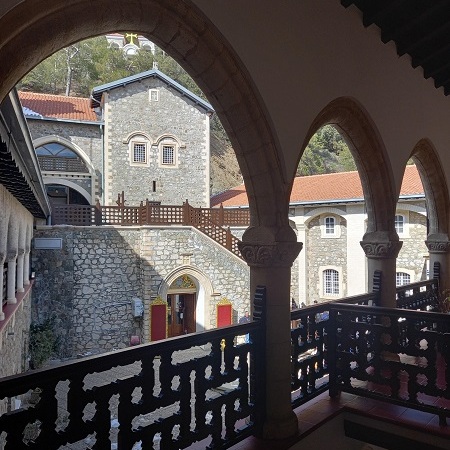

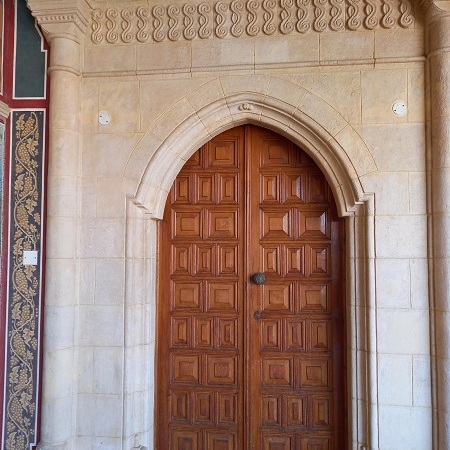
It is a stunningly beautiful place, everywhere you look there are courtyards and wall paintings and the most incredible mosaics.
I think these are my two favourite paintings, the Annunciation and the Nativity, both from this painted ceiling.
There is just so much to see and take in.
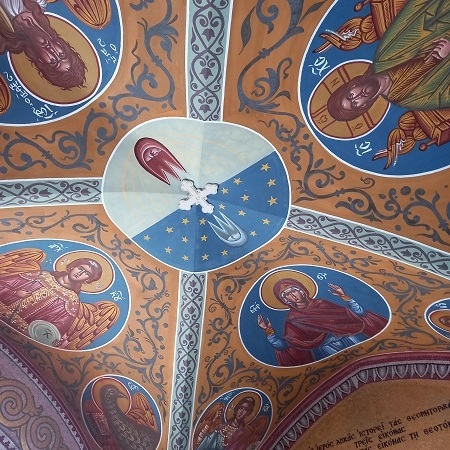










Cypriot monasteries, and churches, are not without turbulent histories. Many have been damaged by earthquakes, the last large one here was in 1953.
There have also been long periods, such as during the Ottoman Empire, when the dominant religion has changed, so monasteries have been abandoned or heavily taxed. This monastery is the fourth rebuilding on the site and dates from the mid 1700s.
There were no pictures allowed inside the church so I found this one on the internet.
It doesn’t really do justice to the absolutely stunning ceiling, which was painted in the most gorgeous shade of blue. There was also an amazing reliquary display next to the church. Many items have been donated to the monastery by visiting officials, and there are multiple saints’ bones in decorated caskets here.
The final monastery was in the village of Odomos, a wine region village which has been restored.
The village houses around the monastery square now host cafes and shops, as the area is very popular with tourists.



It was lovely to see some of the traditional old buildings, as I have not had the opportunity to do that before now.
This monastery is now closed, though its church still remains open. Here there is a piece of rope which is said to have come from when Jesus was tied to the cross.
This was reportedly given to the village by Queen Helena, mother of Constantine the Great, while she was travelling through Cyprus from Jerusalem. There is also a piece of the cross that she gave them as well, both relics encased in silver crosses within the church.
They also had a great little museum with some 18th century Russian goldwork.



I found a lovely shop selling actual traditional lace so bought a little doily. I plan to frame it for the craft space at home. Truly a wonderful day with lots of my favourite things 😉
I have been to see the Roman sites here over the last few days as well, and visited two very different museums. I’m hoping to squeeze another couple in before my return to the UK the middle of next week.
I have also spent time with my friends from Spain and we are having a Cyprus branch of our Knit and Natter group on Monday afternoon. Lynne has promised to teach me how to finally crochet flowers, so I am very excited about that!
Will return with some more loveliness for you soon. Have fun, take care, stay safe and thanks for visiting.
